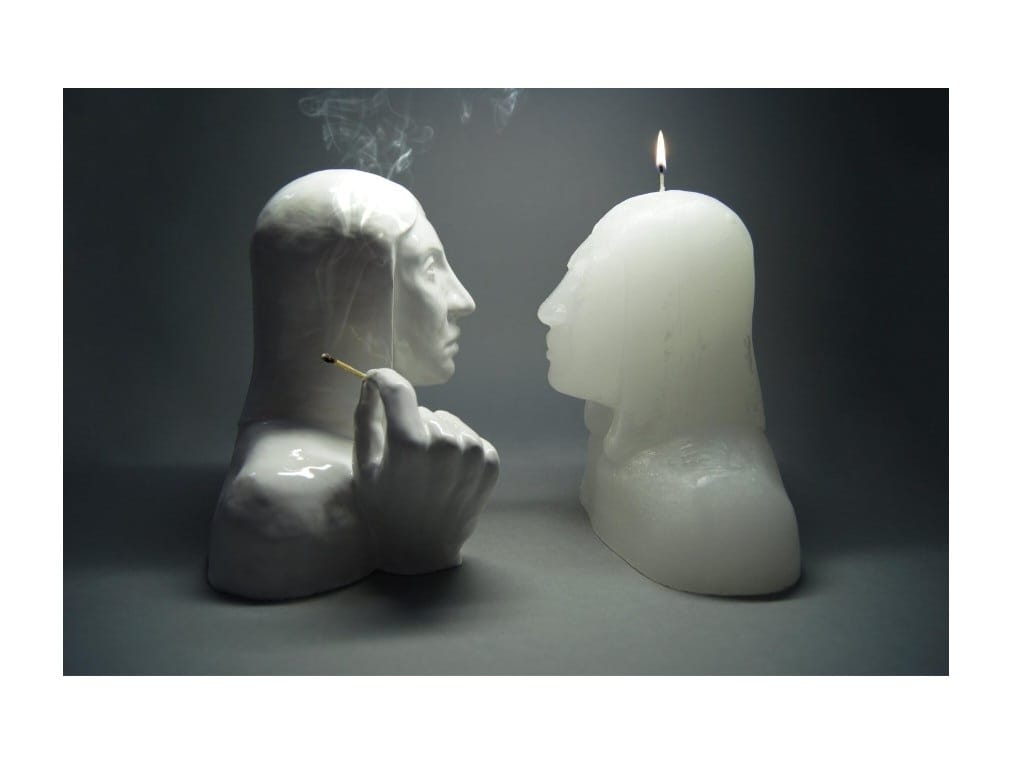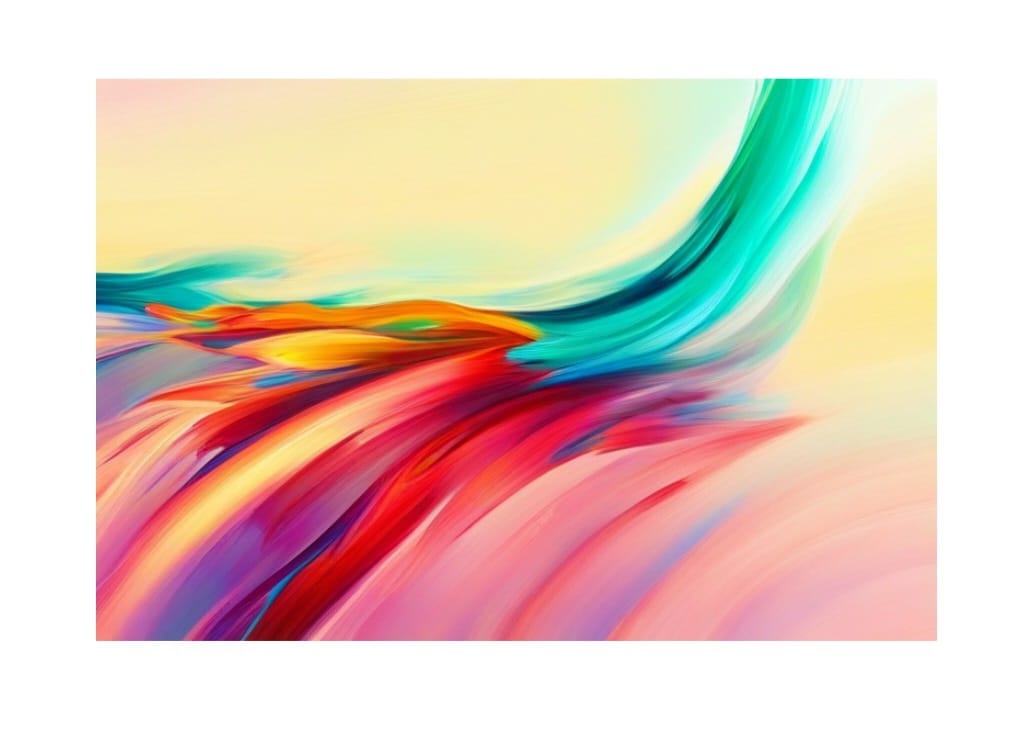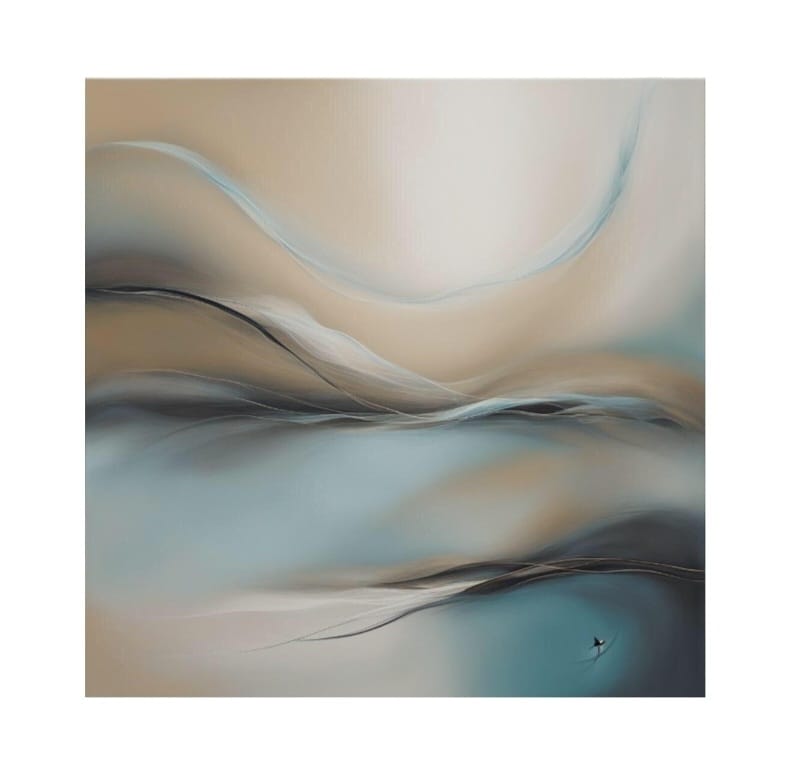At its core, art is a profound avenue for exploring and expressing human emotions. Whether through a painting, sculpture, photograph, or any other artistic medium, artists have the unique ability to convey, evoke, and elicit a wide spectrum of emotions that resonate with viewers on a deeply personal level.

One of the most remarkable aspects of art is its capacity to transcend language and cultural barriers, speaking directly to the universal human experience of emotion. Through the skilled manipulation of color, form, composition, and subject matter, artists are able to tap into the raw, visceral essence of emotions and translate them into visual narratives that captivate and move audiences. Emotions, being the complex and multifaceted fabric of human experience, find rich and diverse expression in art. From the tranquil serenity of a nature-inspired landscape to the turbulent intensity of an abstract composition, art serves as a mirror to the kaleidoscope of human feelings. Every stroke of the brush, chisel mark, or photographic composition carries with it an emotional imprint that reverberates through the artwork, initiating a profound dialogue with the observer.

In addition, the choice of subject matter in art often serves as a poignant conduit for emotional expression. Whether through portraiture, still life, abstract, or narrative themes, artists draw upon the symbolism and narrative potential of their subjects to engender emotional connections with their audience. A portrait, for instance, can capture the nuances of human expression, revealing the depths of joy, sorrow, contemplation, or resolve inherent in the human countenance. Moreover, the act of creating art itself is a deeply emotive process. Artists channel their innermost feelings, experiences, and perceptions into their work, infusing each piece with a part of their own emotional landscape. Through this process, art becomes a profoundly personal and authentic mode of self-expression, with the artist's emotions serving as the lifeblood that animates their creations.
The impact of art on our emotional well-being cannot be overstated. Engaging with art can elicit a range of emotional responses, from introspective contemplation and catharsis to exhilaration and awe. Art provides a sanctuary for emotional exploration, inviting viewers to pause, reflect, and immerse themselves in the rich tapestry of human experience woven into each piece. Beyond the realm of observation, art has the remarkable ability to incite action and change by sparking emotional connections that inspire empathy, understanding, and social consciousness. From iconic works of social commentary to stirring visual protests, art has historically served as a catalyst for societal transformation by stirring the depths of empathy, compassion, and righteous indignation in its viewers.

In conclusion, the intersection of art and emotions is a profound testament to the enduring power of visual expression. Through the skillful synthesis of color, form, composition, and subject matter, art serves as a universal language of emotion, connecting individuals across time, space, and culture through the shared experience of human feeling. As viewers engage with art, they embark on an emotive journey that transcends the boundaries of words, inviting them to intimately explore the depths and nuances of their own emotional landscape. Art, in its myriad forms, is a vivid testament to the immutable truth that emotions?complex, raw, and resplendent?stand as the heart and soul of human creativity and expression.